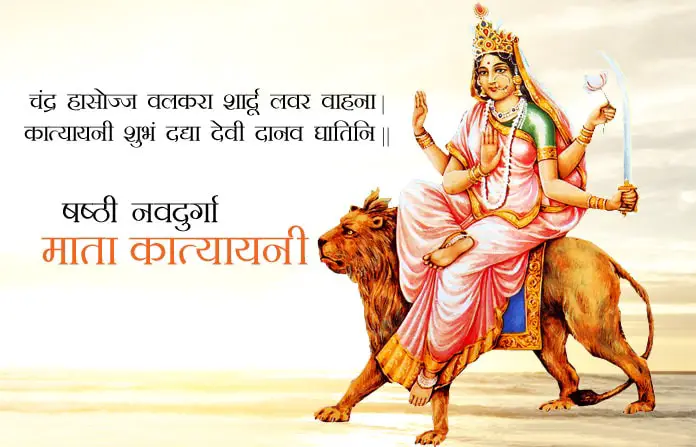Sita was the daughter of Ravana
Strange, but there is substance to this story. We all know that Sita was daughter of King Janak, and we also know that she was found from the earth. She is given the status of Janak’s elder daughter. But other than this truth, there is another truth, which reveals that Sita was the real daughter of Lanka […]
